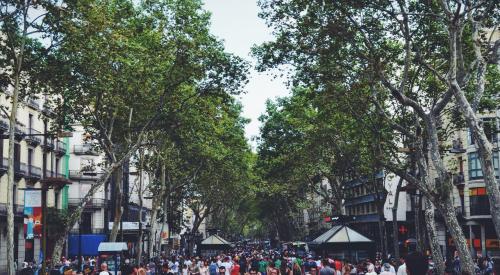Asian-headed households increased 83% from 2000 to 2019, but it does not represent the great economic divides within the group, says Zillow. The growth of Asian-headed households exceeded Latino- and Black-headed households and is closer in closing the gap with White homeownership rates. As one of the smallest, but fastest-growing racial/ethnic group in the country, the Asian population makes up just 5% of the nation’s households. But further breaking down the different regions of Asia itself, there are large economic disparities. Pacific Islanders have a homeownership rate of 43% while East and Southeast Asians have homeownership rates exceeding 60%.
The nation’s Asian population — hailing from India to the Pacific Islands and most places in between — is one of the smallest but fastest-growing racial/ethnic groups in the country, according to a Zillow analysis of key Asian-specific housing and economic data conducted in honor of Asian American & Pacific Islander Heritage Month. Asians currently represent just 5% of the nation’s households. But in the two decades between 2000 and 2019, the U.S. Asian community grew by 83%, compared to Latinx household growth of 74%, Black household growth of 23% and largely flat white household growth over the same period.
And as their overall household growth swelled, so too did Asian homeownership. The Asian homeownership rate rose by 6 percentage points between 2000 and 2019, again outpacing the near-flat or falling rates of other racial/ethnic groups and closing the gap with white homeownership. At the same time, the median U.S. Asian household income is the highest of all the nation’s racial/ethnic groups, and Asian-owned homes are typically worth more than homes owned by other groups, even surpassing white home values.
Hidden Inequality
But this seemingly sunny picture is at odds with the cloudier truth around the diversity of economic standings across the broader Asian population. Income inequality is rising most rapidly among Asians, and the income distribution among Asian households — in 1970, the most equal among all major U.S. racial/ethnic groups — is today the most unequal in the country. The median Asian household income is higher than the overall metro median in 49 of the country’s 50 largest metros. But in 24 of those 49 markets, the Asian household poverty rate is also higher than the metro median.













